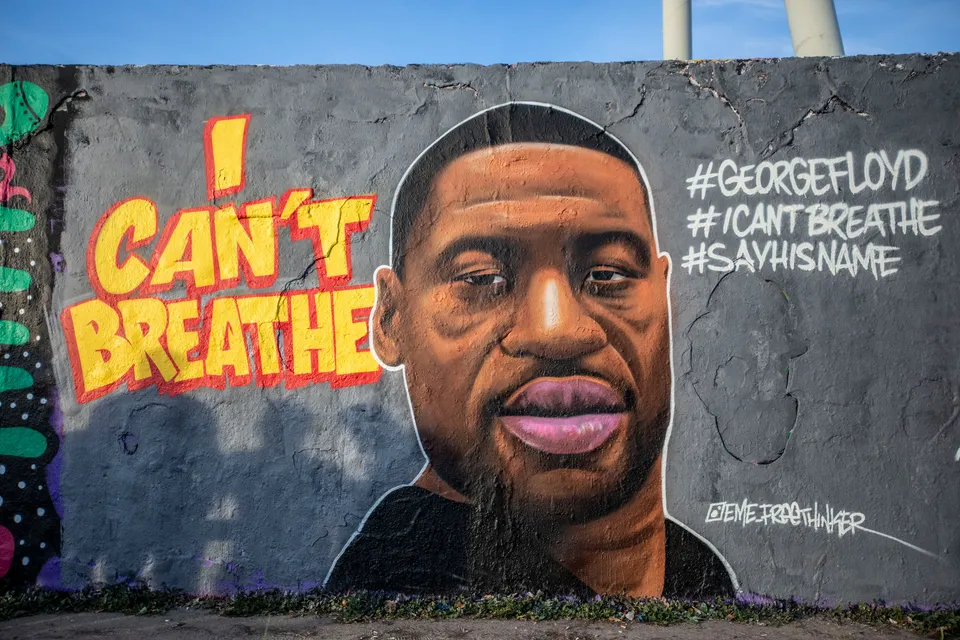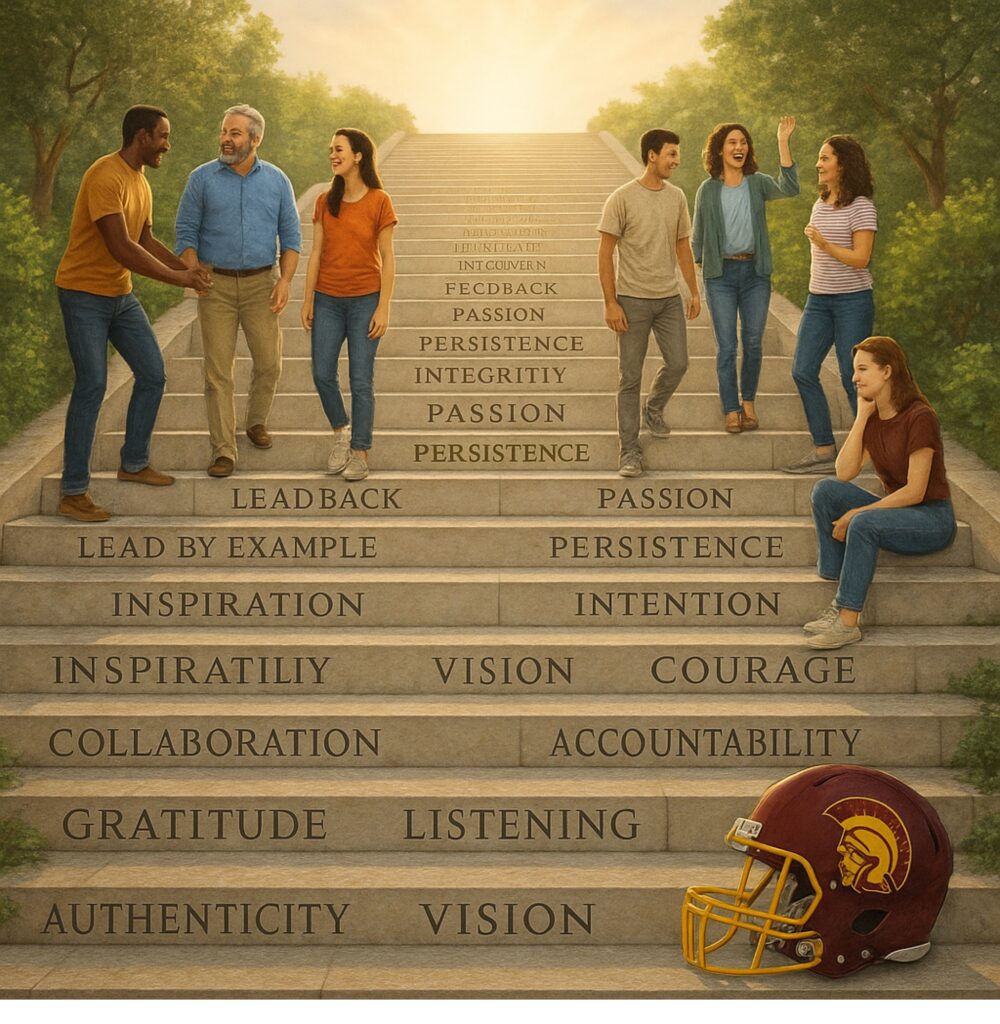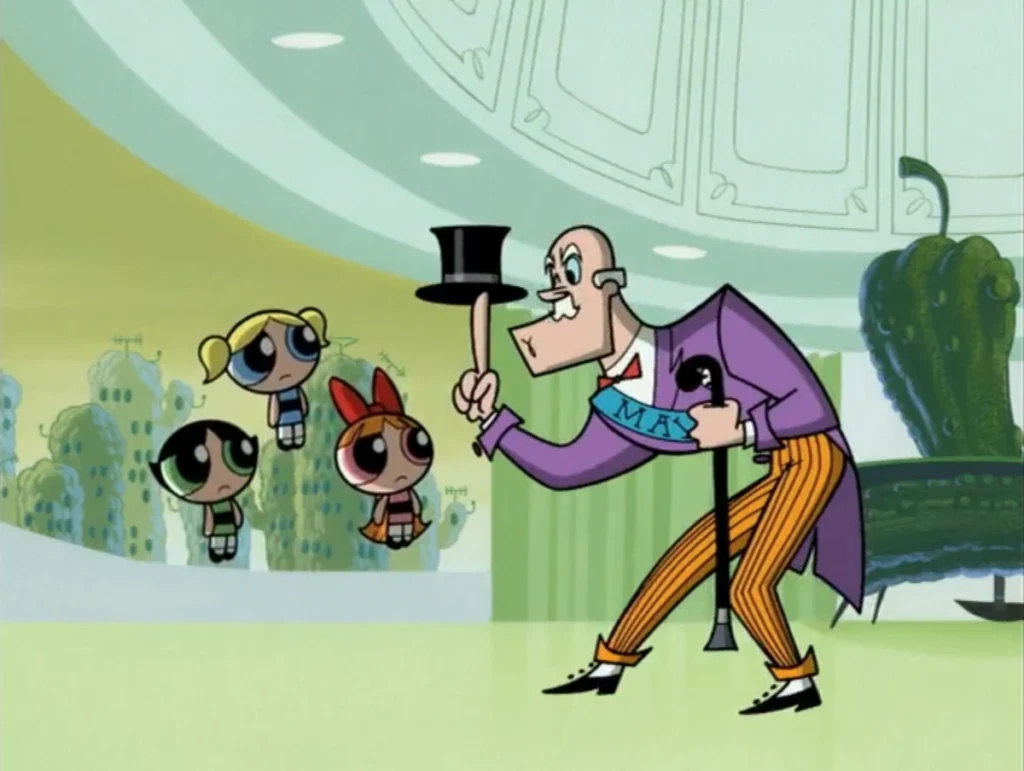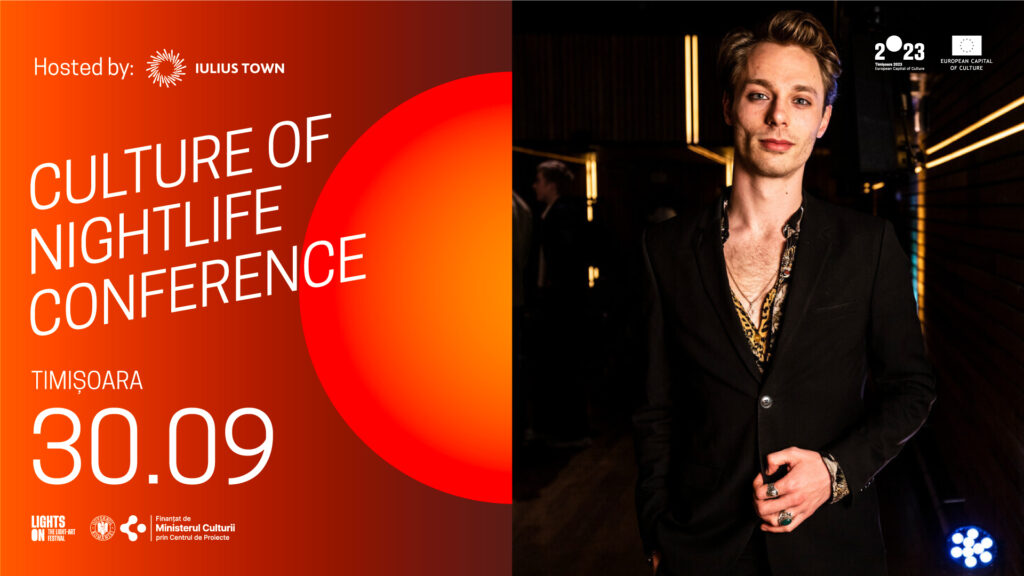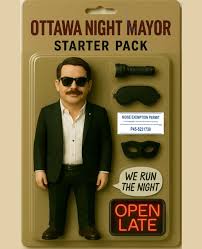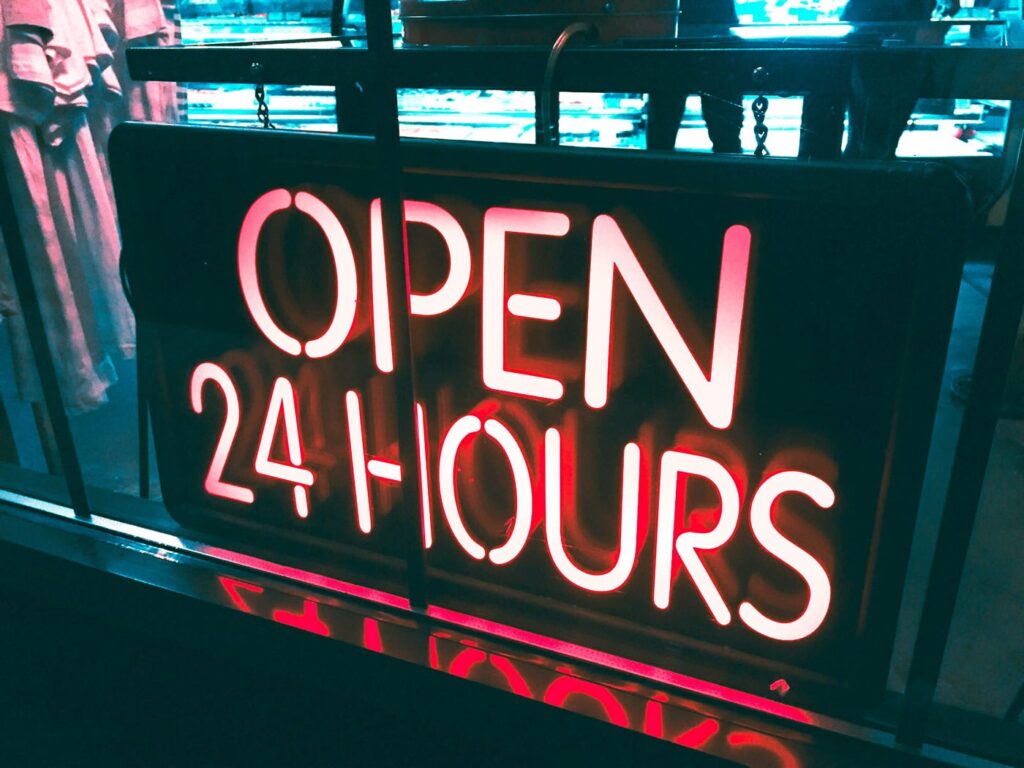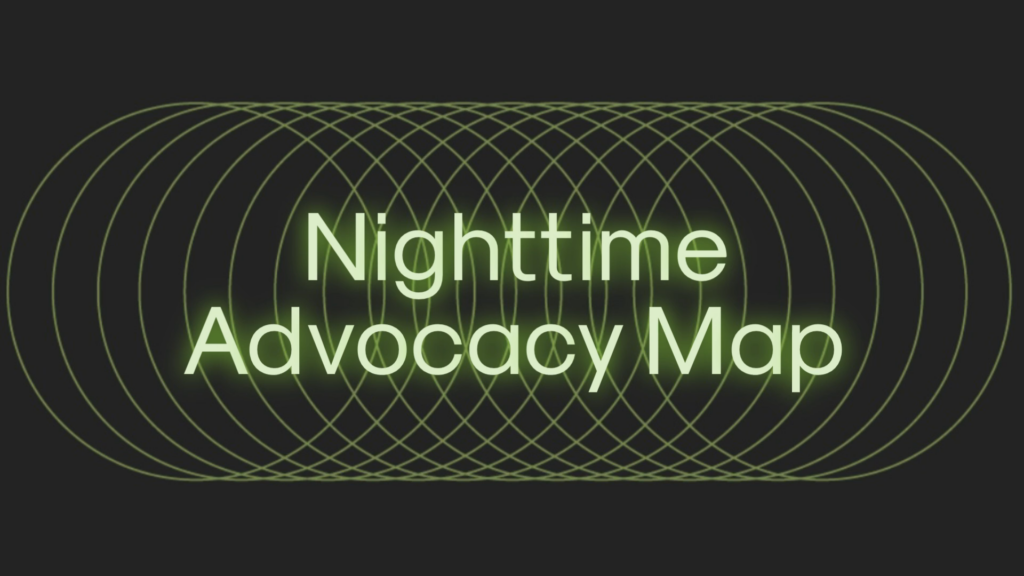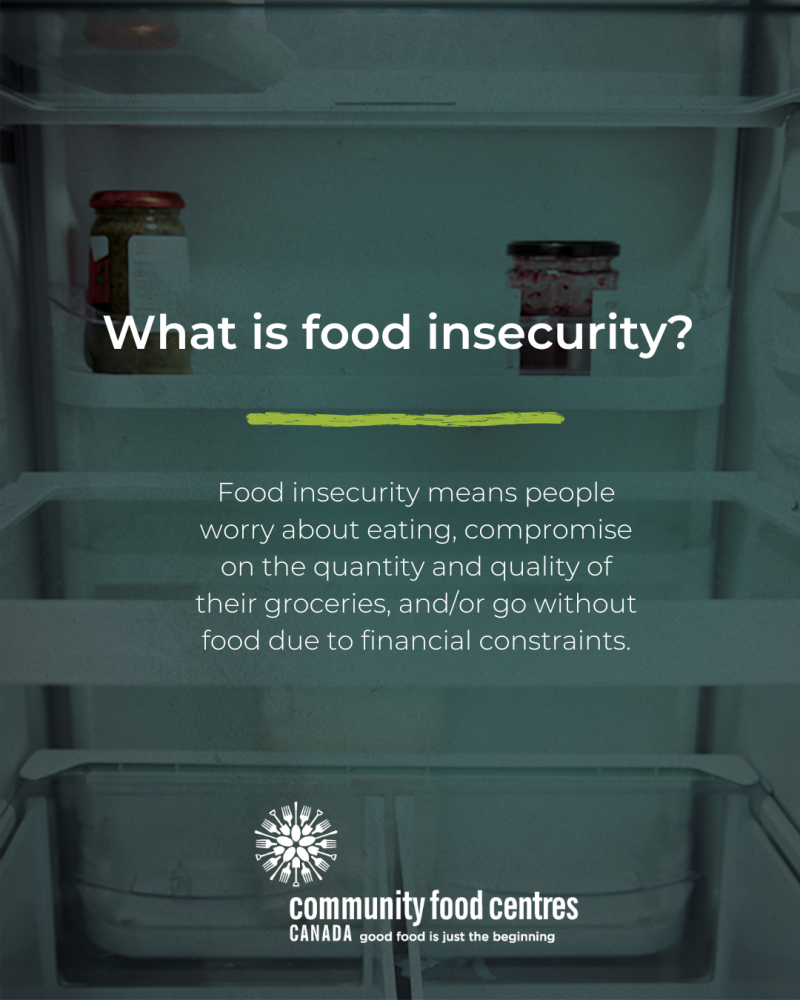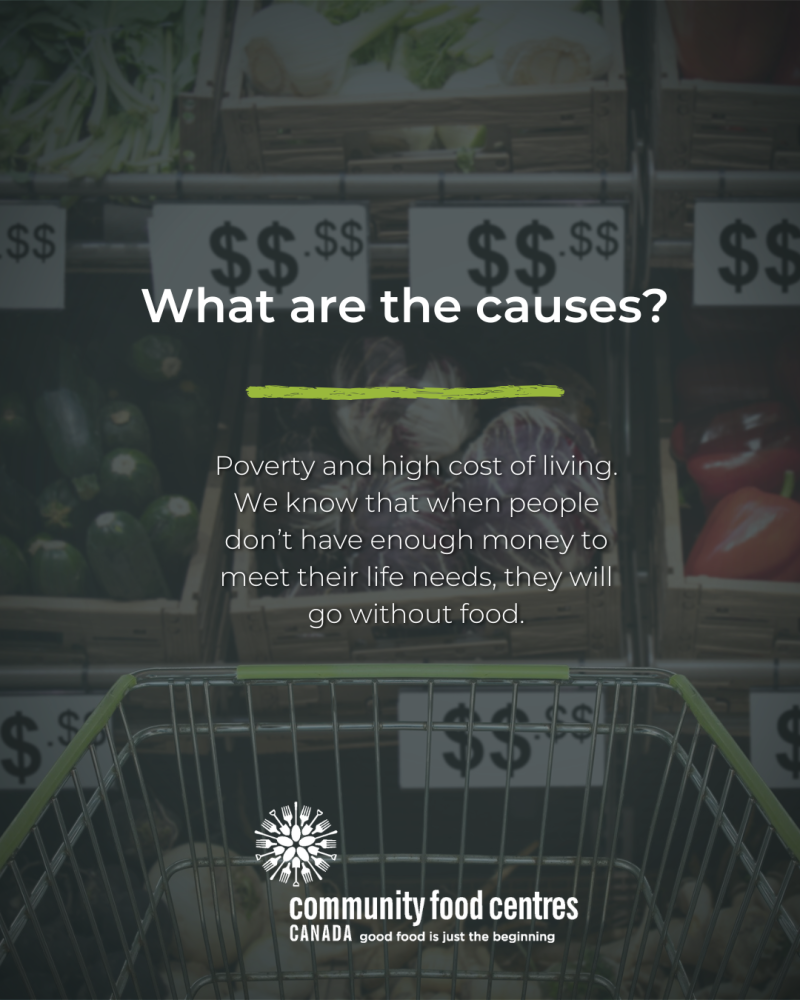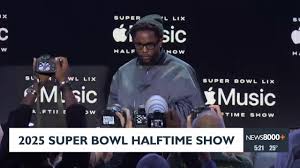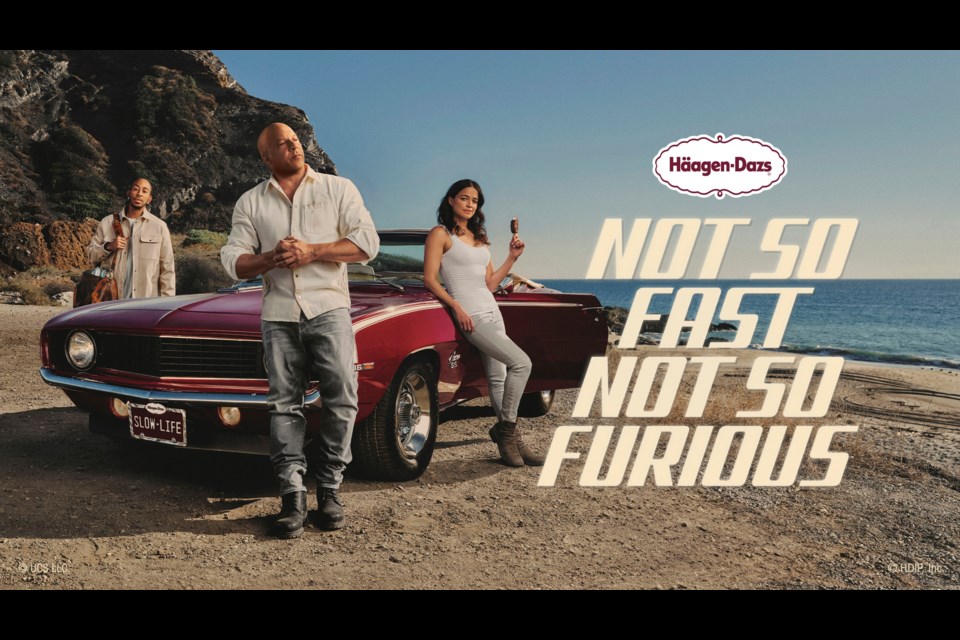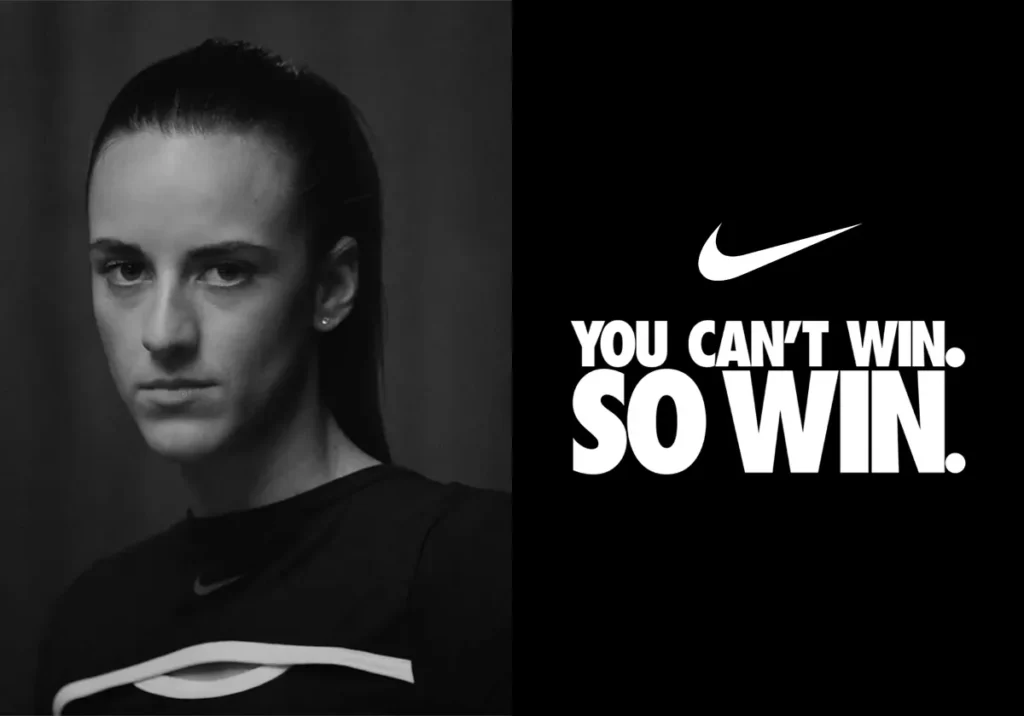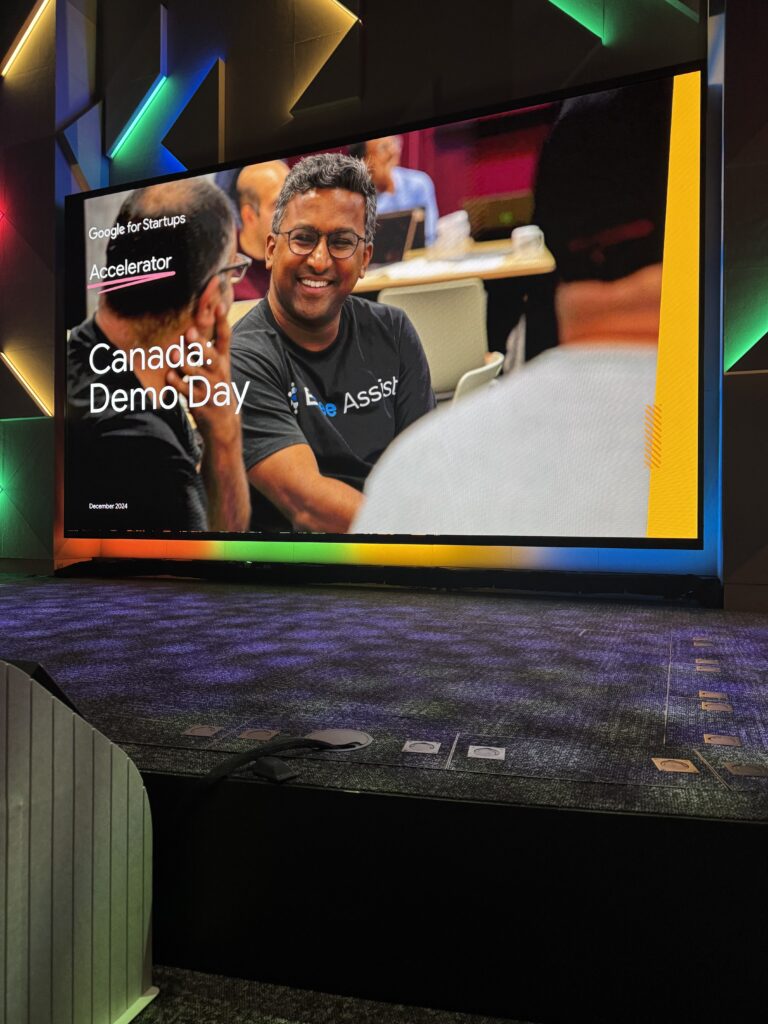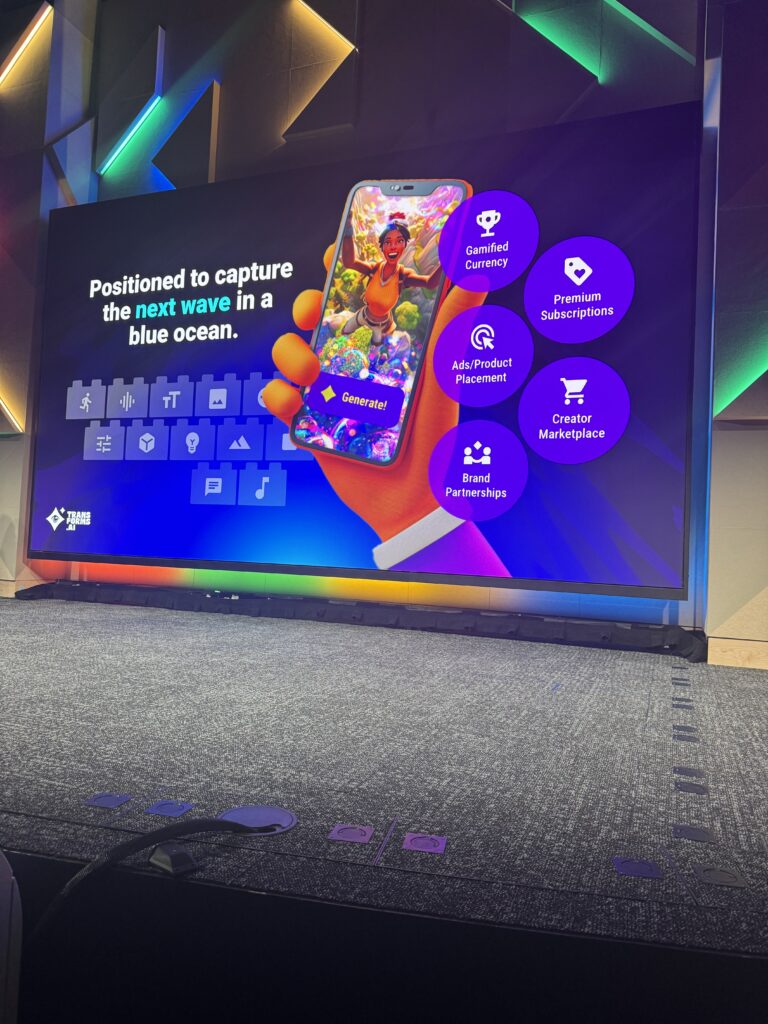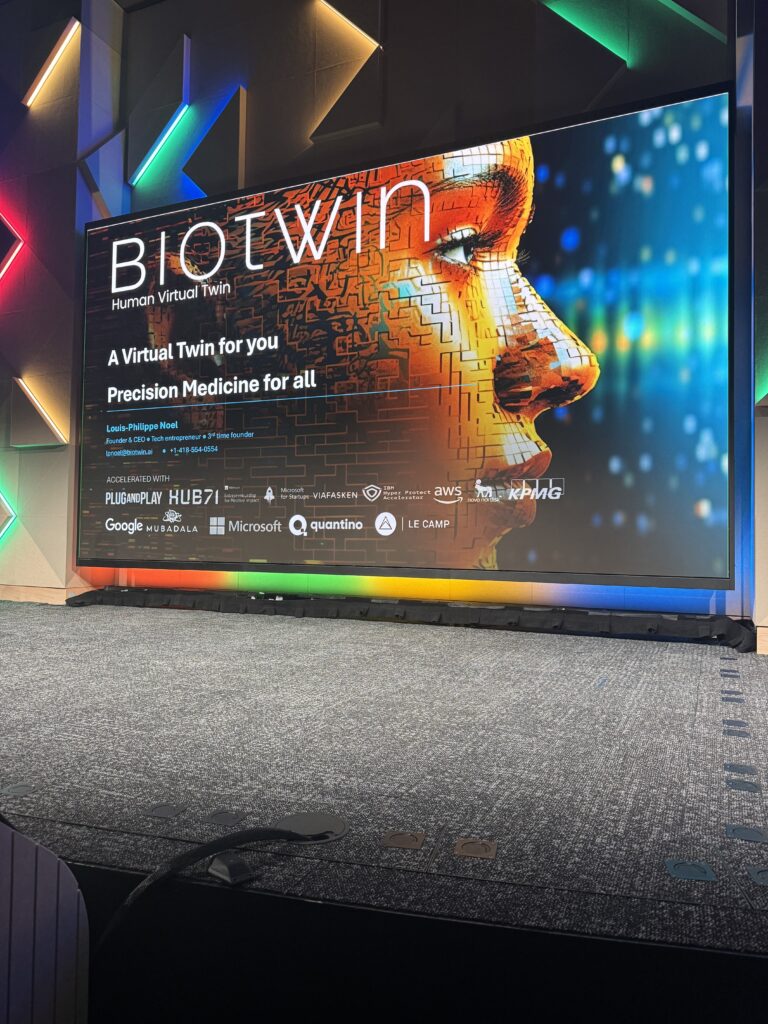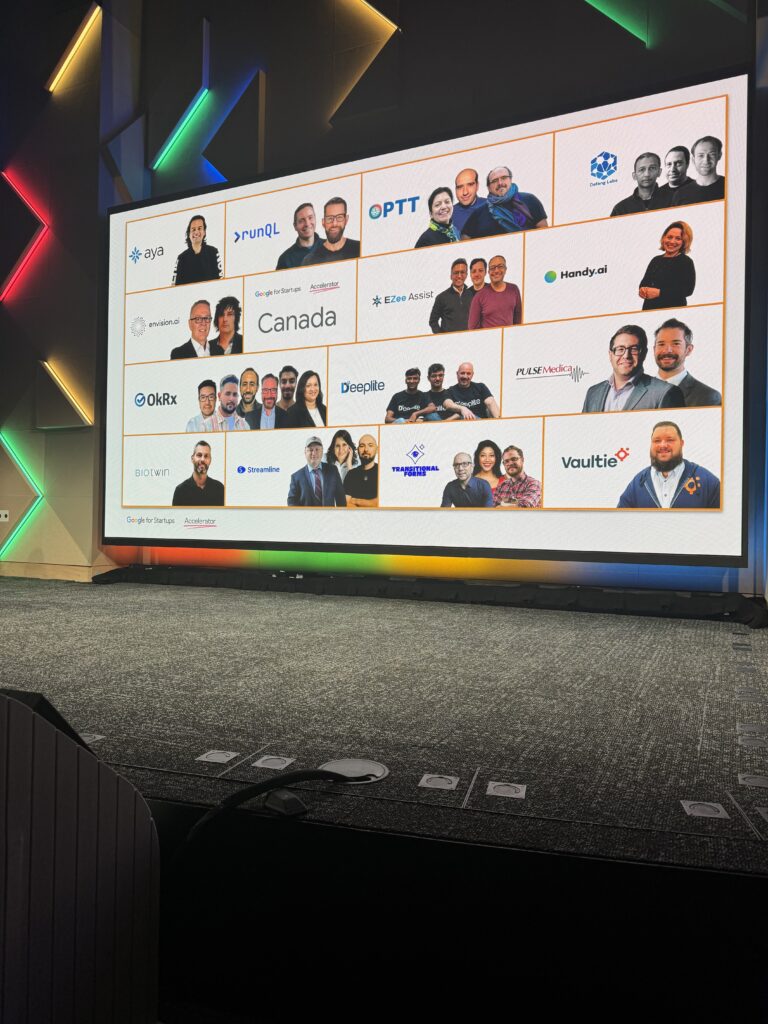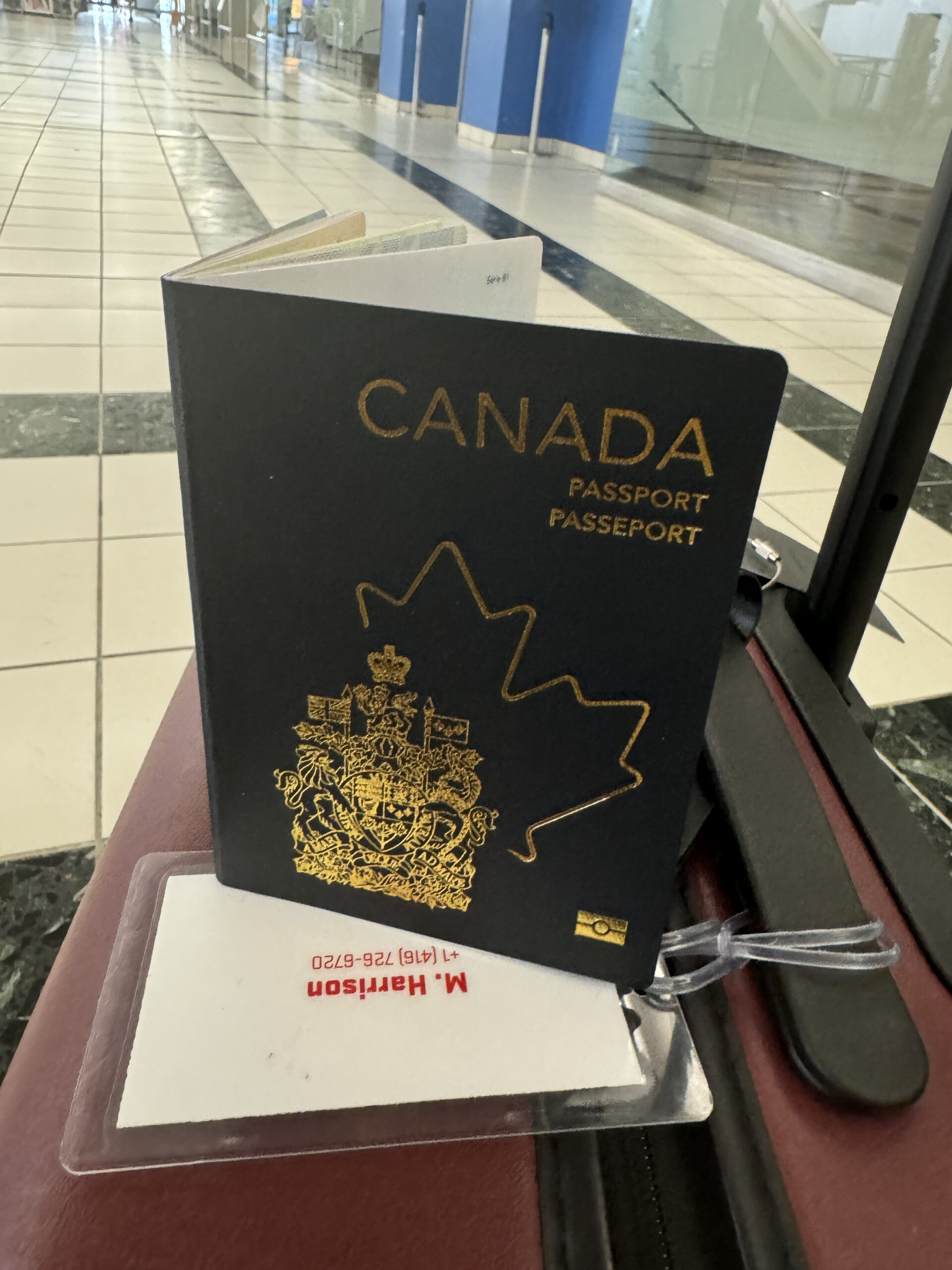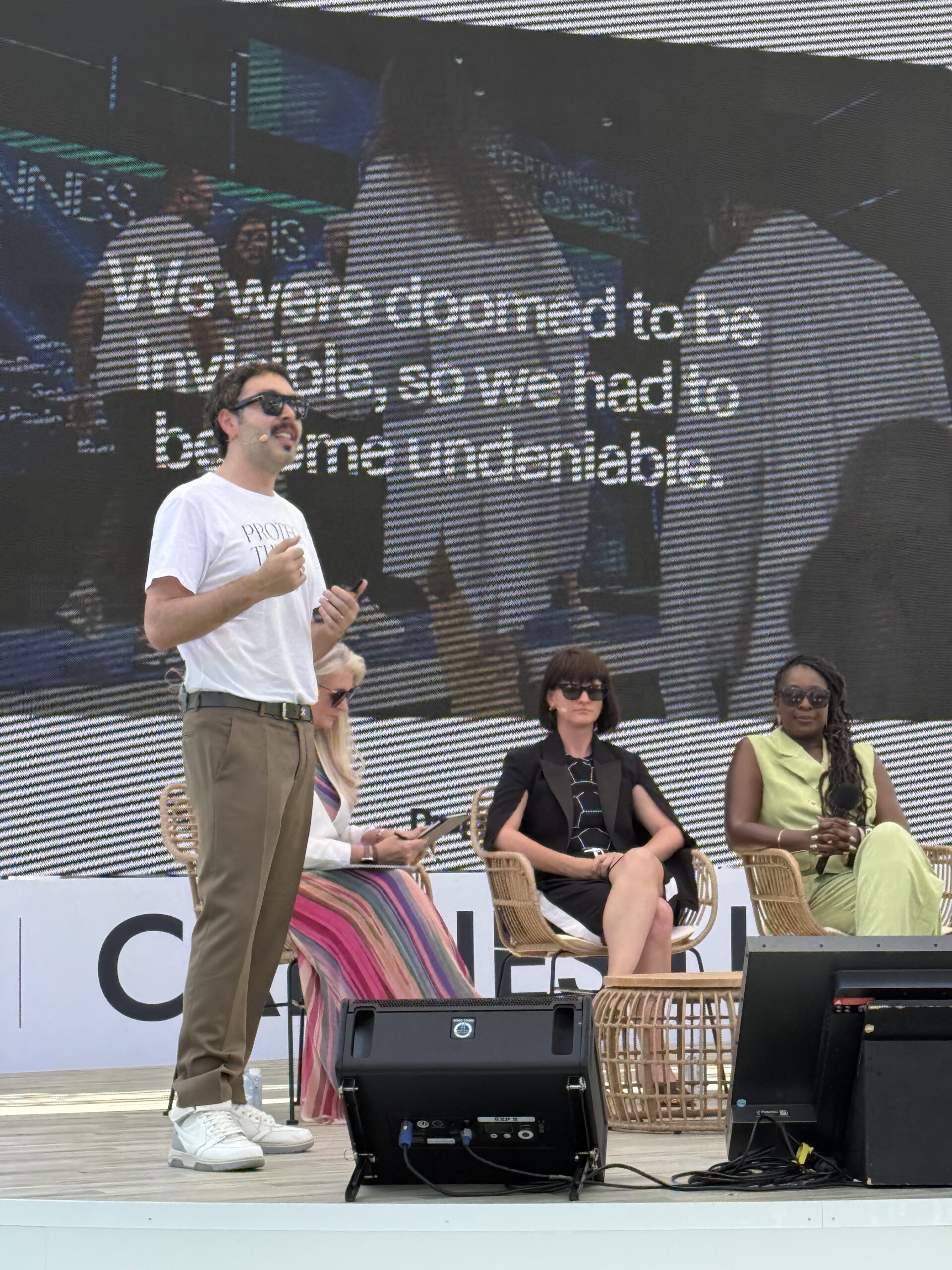
Despite not pursuing any scientific proof, I have long believed that pain is the most powerful motivator for humans.
Entrepreneurs often become adversaries of pain because they believe they can solve a problem better than anyone else. Frequently, those entrepreneurs are solving the most personal issue they face; at times, they are the only individuals who recognize it.
Volunteers volunteer to help tackle the ills they see. Coaches coach to ensure that local kids can play. Trainers train to help those who struggle with their fitness.
Social justice leaders battle for those who are unfairly discriminated against or compelled by the pain they witness in their community and their kind, often at significant consequences to themselves.
Are you at your strongest as an individual when fighting back against the fiercest situations in your life?
What happens to you when you face the longest odds?
When I sat for a final-day presentation at Cannes, I did not expect to receive a masterclass in motivation fueled by angst. I did know that the many motivating worlds of pain would collide on stage in the form of Felipe Simi, founder of Soko (now Droga5, Sao Paolo).
Simi is one of the most admired advertising leaders in Brazil. In fact, in 2023, he was named the most admired advertising professional in the country. For good reason, he founded his agency, Soko, in 2016. Through a unique blend of innovation, leadership, and commitment, he has grown it into a force of over 300 people, culminating in an acquisition by Accenture Song to join the Droga5 family. One of the key principles Felipe deploys is creative collaboration, founded on the belief that every person in the agency is innovative and contributes to the ideation process.
Another powerful innovation is Soko’s ability to connect brands with people and culture. Revolving around their unique and visually intriguing storytelling, which is akin to the people, society, and culture, Soko captivates its audiences and increases social media engagement. Soko believes in a “collaborative creative process and that no creative company can prosper without a broad repertoire of experiences that reflect the proportionality of the population.” In addition to great creativity and a client-centred approach, Soko is well known for leveraging cutting-edge technologies and pushing boundaries.
Back to Felipe on stage at Cannes. I cannot translate his message perfectly, but I will start with his closing message when asked to deliver a final jolt of inspiration to the audience. Perhaps a more fitting opening would be to tell you that the audience broke into a joyful dance to custom music from the agency, with the moderator’s encouragement. I may even begin with the story Felipe shared, accompanied by a too-sweet video of him dancing to Madonna as a young child, when he first felt shame for who he was.
The collision that Simi referenced fuels many entrepreneurs’ daily efforts. It is the collision of your professional world with something powerfully personal, the flame inside that gets you out of bed, standing tall, and ready to conquer the day’s challenges. It is our fuel. It is the true origin of your superpower. It is your most precise definition of why.
However, I have never heard this recipe presented in the way Felipe shared. In his concoction, the core ingredient to include first is the deepest pain you have ever encountered. In his case, I assume it was the shame that society, and perhaps people close to him, made him feel for his sexual identity. (Cue the childhood dance video.) The impact of his perspective is that Felipe embraced the shame he felt and turned it into his rocket fuel as he navigated the advertising universe, where he encountered a dearth of diversity at every turn. For example, he mentioned having worked with only one Black person in a country that is over 52% Black. In addition, he never worked with someone who was trans. These challenges led to the launch of Soko.
Soko became his revenge project, a platform to demonstrate the power of diversity—the power of having differing voices in a room to create different stories, the power of seeing diversity not just in backgrounds but also skill sets—a diversity that he had not seen in his years of advertising work.
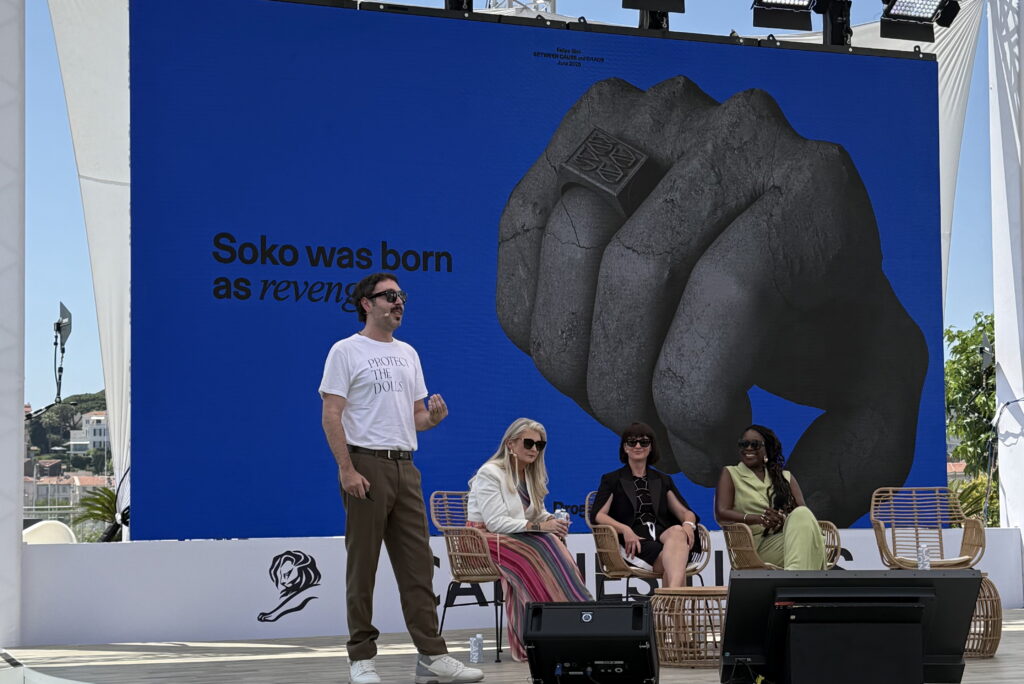
He describes Soko as living somewhere between chaos and cause.
His closing message was, “We will take this shit over!” His reference is for all those who have been underestimated to realize that the conventions of the advertising industry can be broken.
His mantra for his collaborators is powerful and worth endlessly repeating: “We were doomed to be invisible, so we had to become undeniable.”
Felipe Simi, I can assure you that many heard you and they will take this shit over.
MH3

